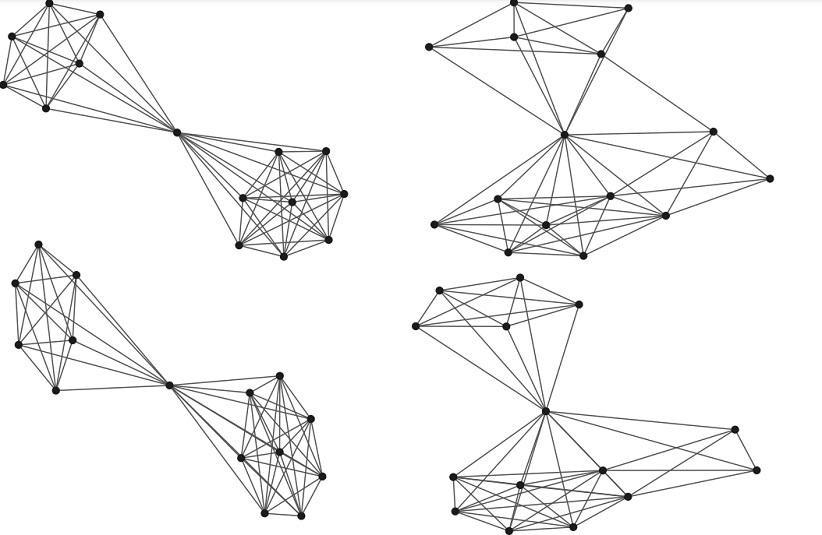Artificial Intelligence to help with designing homes
WUT scientists are working on a solution that will enable them to automatically generate a different complementary part (e.g. wiring) of the already completed part of a certain project (e.g. construction). The project is implemented within the SzIR-2 grant.
Artificial Intelligence offers very well-developed tools for fixed-size data processing, e.g. images and numeric vectors. However, many of the crucial problems require processing sequences of objects with unpredictable lengths or sequences of objects with indicated relations between them, that is graphs. Sequences are, for instance, sentences in a natural language, and graphs can be, for example, designs of buildings. Bearing that in mind, researchers from the Faculty of Electronics and Information Technology at WUT have decided to focus on creating architectures and methods of teaching neural networks which serve to process sequential and graphic data.
Neural graph networks
Neural networks are well-prepared tools for fixed-size data processing. Currently used methods facilitating the generation of this type of data are not ‘creative’ enough and are limited to fixed-size numeric vectors. Therefore, they are useless in applications that are of interest to WUT scientists.
“We aim to devise a method which, upon receiving a graph representing a given object, for example, a building, will allow neural networks to create a graph representing electrical wiring inside this building,” explains Dr Paweł Wawrzyński, head of the project. “A project is a response to a demand made by industrial partners,” he adds.
Scientists have already created a network that can transform a graph into a fixed-size numeric vector and can reproduce a graph based on this vector. This is a starting point for the next stage which is a transformation of the vector with a certain length into other numeric vectors.
“A numeric vector representing the house is transformed into a numeric vector representing the wiring, and then our neural network constructs the wiring based on this vector,” says Dr Wawrzyński. “The problem is that graphs come in two varied sizes so they can’t be represented as a specific set of numbers,” he explains.
A unique architecture has been created to solve that problem. The architecture is based on recursion, which is the creation of a graph based on another one, which in turn is a combination of the following operations:
source graph → constant size representation → transformation of representation → final graph
“First the network transforms a small part of the graph into a fixed-size numeric vector,” says Dr Wawrzyński. “Then it creates ‘an attachment’ to this vector so that it can take into consideration another version of the graph, and then modifies it so that it reflects the graph enlarged by adding even more portions until the vector will include a full graph with the unchanged size of the numeric vector,” he explains.
Recurrent neural networks
Human consciousness and recurrent neural networks operate under similar principles. They both constantly receive the information they process and use it for predictions of the near future. Both often make erroneous predictions.
“Within this task implementation, we have suggested the Deep Memory Unit (DMU) model, which maintains a certain state of consciousness and based on current observations, the network learns to identify that fragment of the state of consciousness which requires changing, to remember well what has happened so far and to change that,” explains Dr Wawrzyński. “This way we achieve excellent and even better results than when applying architectures which are dominant in similar applications such as LSTM and GRU,” he adds.
-
The project „ Recurrent neural networks for processing of sequential and graph data” is funded as part of the research grant of the Research Centre POB Artificial Intelligence and Robotics of the “Excellence Initiative – Research University” programme implemented at the Warsaw University of Technology.
Research team:
Paweł Wawrzyński, PhD, DSc; Łukasz Lepak, MSc; Adam Małkowski, MSc; Łukasz Neumann, MSc; Grzegorz Rypeść, engineer (student); Jakub Grzechociński, engineer (student)


